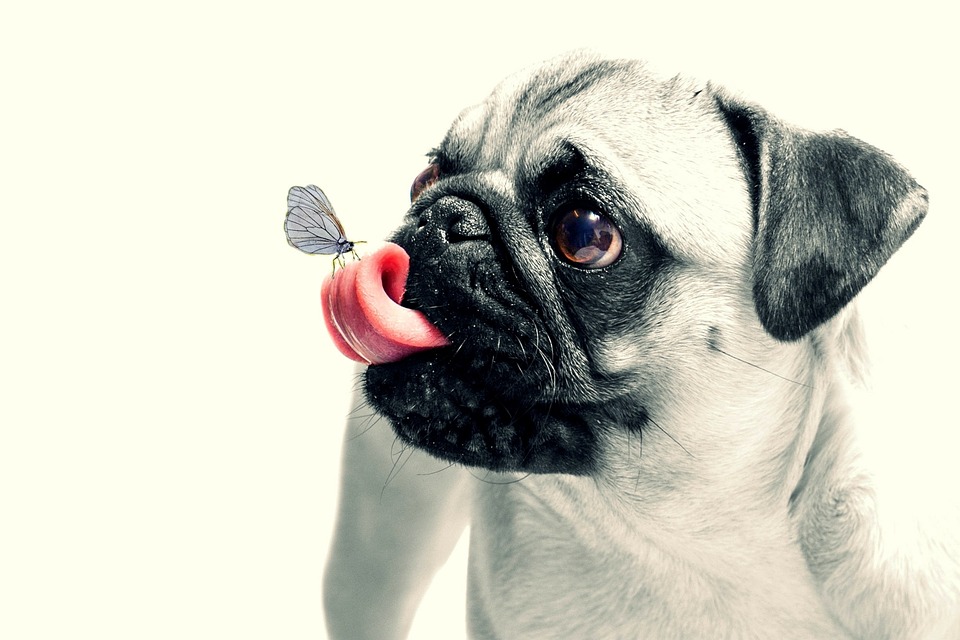Title: Introducing a New Dog to Other Dogs in Public Spaces: A Guide to Successful Encounters
Introduction:
Bringing a new dog into your life is an exciting time, but introducing them to other dogs in public spaces can be a bit daunting. Properly socializing your dog is crucial for their well-being, and a positive introduction is key to fostering good relationships. In this article, we will explore effective strategies and helpful tips to ensure smooth interactions between your new furry friend and other dogs in public settings.
I. Understanding Canine Behavior: The Foundation for Successful Introductions
1.1 The Importance of Dog Socialization
Socialization plays a vital role in a dog’s development and overall behavior. It helps them become well-adjusted, confident, and friendly individuals. Dogs that are not properly socialized may exhibit fear, aggression, or anxiety in public settings. By socializing your dog, you are giving them the opportunity to learn how to communicate and interact appropriately with other dogs.
1.2 Recognizing Dog Body Language
Understanding dog body language is crucial for successful introductions. Dogs communicate through their body posture, facial expressions, and vocalizations. By familiarizing yourself with their cues, you can better assess their comfort level and potential interactions. Signs of stress or aggression, such as raised hackles, growling, or avoidance, should be carefully monitored to prevent any negative encounters.
II. Preparing for a Successful Introduction
2.1 Assessing Your Dog’s Readiness
Before introducing your dog to other dogs in public spaces, it is important to assess their readiness. Consider their age, health, and previous socialization experiences. Some dogs may require additional time and training before being exposed to new environments and dogs. It is essential to ensure your dog is comfortable and confident before proceeding with introductions.
2.2 Basic Training for Public Encounters
Basic obedience training is crucial for successful introductions. Teaching your dog essential commands such as “sit,” “stay,” and “leave it” can help you maintain control and redirect their attention during interactions. Additionally, leash manners and loose leash walking skills are important to prevent any leash-related tensions between dogs.
III. Best Practices for Introducing a New Dog to Other Dogs
3.1 Controlled On-Leash Introductions
Start with on-leash introductions in a neutral location. Choose a calm and quiet area where both dogs can comfortably interact. Gradually approach each other while maintaining loose leashes. Allow the dogs to sniff and greet each other calmly. Monitor their body language closely, and if any signs of tension arise, calmly separate them and try again later.
3.2 Off-Leash Introductions in Controlled Environments
Once your dog is comfortable with on-leash introductions, you can progress to off-leash introductions in controlled environments such as fenced dog parks or playgroups. These settings allow for more freedom of movement and natural interactions between dogs. However, it is important to closely supervise the interactions and intervene if any signs of aggression or discomfort arise.
3.3 Recognizing Signs of Compatibility and Incompatibility
During introductions, pay attention to the dogs’ play styles and energy levels. Some dogs may prefer rough and rowdy play, while others may be more gentle and reserved. It is important to identify signs of compatibility, such as relaxed body language and reciprocal play, as well as signs of potential conflict, such as raised hackles, growling, or excessive dominance. If compatibility is not apparent, it may be best to seek professional guidance or consider alternative introductions.
IV. Frequently Asked Questions (FAQs)
4.1 How long should the initial introduction between dogs last?
The duration of the initial introduction should be brief and positive. It is recommended to keep the interactions short, around 10-15 minutes, and gradually increase the duration over subsequent meetings.
4.2 What if my dog shows signs of fear or aggression during introductions?
If your dog displays fear or aggression during introductions, it is important to manage the situation carefully. Remove your dog from the stressful environment and consult with a professional dog trainer or behaviorist for guidance. They can provide you with strategies and techniques to address these issues effectively.
4.3 How many interactions should I allow before determining compatibility?
It is important to observe multiple interactions between dogs before determining compatibility. Dogs, like humans, may need time to build trust and establish a rapport. Give them several opportunities to interact and assess their behavior and compatibility over time.
4.4 Can I introduce my new dog to other dogs in a dog park?
Introducing a new dog to other dogs in a dog park can be challenging due to the unpredictable nature of the environment and the varying temperaments of other dogs. It is crucial to consider your dog’s readiness, their socialization history, and the overall safety of the dog park before attempting introductions. Always prioritize your dog’s well-being and take necessary precautions to ensure their safety.
4.5 How should I handle an introduction if one of the dogs is reactive or aggressive?
When introducing a reactive or aggressive dog, it is essential to consult with a professional dog trainer or behaviorist. They can guide you through specialized techniques and protocols to manage and modify your dog’s behavior. It may be necessary to introduce the dogs in a controlled environment under professional supervision.
Conclusion:
Introducing a new dog to other dogs in public spaces requires careful planning, patience, and a good understanding of canine behavior. By following the strategies outlined in this article, you can ensure positive and successful interactions for your new furry family member. Remember, each dog is unique, and it’s essential to prioritize their safety and well-being throughout the introduction process. Happy socializing!









